Is 8 hours under lights enough?
valray
10 years ago
Related Stories

KITCHEN DESIGNTrending Now: 25 Kitchen Photos Houzzers Can’t Get Enough Of
Use the kitchens that have been added to the most ideabooks in the last few months to inspire your dream project
Full Story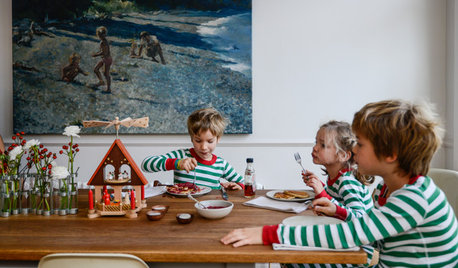
HOLIDAYSHow to Have a Just-Simple-Enough Holiday
Make this the year you say no to holiday stress and yes to joy and meaning
Full Story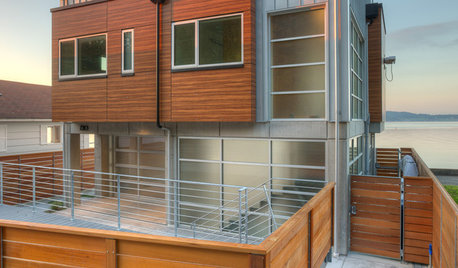
ARCHITECTUREHouzz Tour: Sturdy Enough for a Tsunami
Storms don't scare this Washington state home; breakaway features and waterproof finishes let it weather high winds and waves
Full Story
Daylight Saving Time: Gain an Hour — and a Bright Interior
Make up for shorter days with splashes of white, color and reflected light
Full Story
MOST POPULARA Fine Mess: How to Have a Clean-Enough Home Over Summer Break
Don't have an 'I'd rather be cleaning' bumper sticker? To keep your home bearably tidy when the kids are around more, try these strategies
Full Story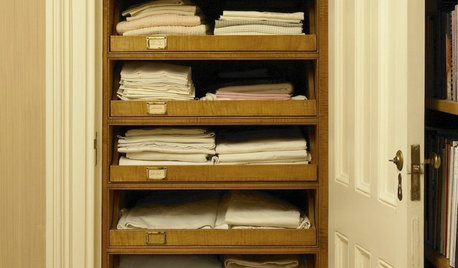
ORGANIZINGHow Much Stuff Is Enough?
Play the numbers game to streamline your belongings, for a neater home and a less-stressed you
Full Story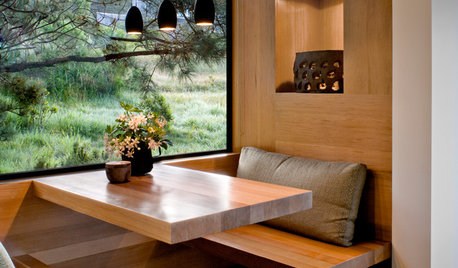
DINING ROOMS12 Breakfast Nooks Cool Enough for a Dinner Party
The banquette where you sip your morning coffee can also make a cozy corner for an intimate supper or a game night
Full Story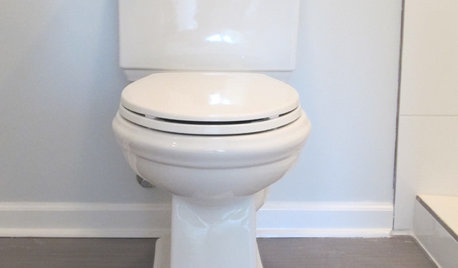
BATHROOM DESIGNHow to Install a Toilet in an Hour
Putting a new commode in a bathroom or powder room yourself saves plumber fees, and it's less scary than you might expect
Full Story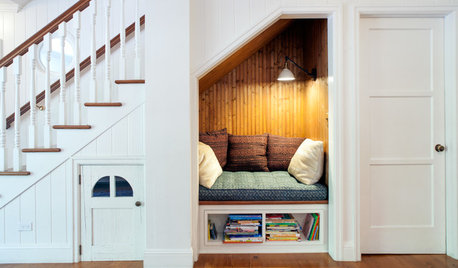
DECORATING GUIDES8 Clever Ideas for the Space Under the Stairs
This small area can be an ideal spot for a reading nook, playspace, mini office and more
Full Story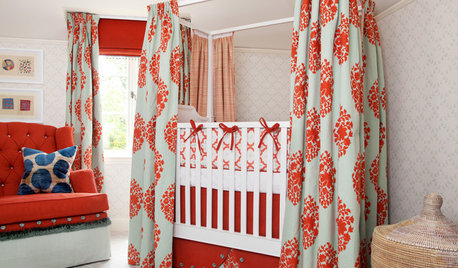
KIDS’ SPACES8 Tips for Peaceful Bedroom Sharing With Baby
Enjoy better sleep, neatness and enough space for everyone’s things with these shared-room strategies
Full StoryMore Discussions






art33
valrayOriginal Author
Related Professionals
Clemson Landscape Architects & Landscape Designers · Tomball Landscape Architects & Landscape Designers · Pelham Landscape Contractors · Brockton Landscape Contractors · Melrose Park Landscape Contractors · Nanuet Landscape Contractors · New Cassel Landscape Contractors · Pomona Landscape Contractors · Rockwall Landscape Contractors · Norridge Landscape Contractors · Marana Fence Contractors · Maynard Fence Contractors · Kyle Roofing & Gutters · Thousand Oaks Roofing & Gutters · Miami Beach Roofing & Guttersart33
valrayOriginal Author
art33
valrayOriginal Author